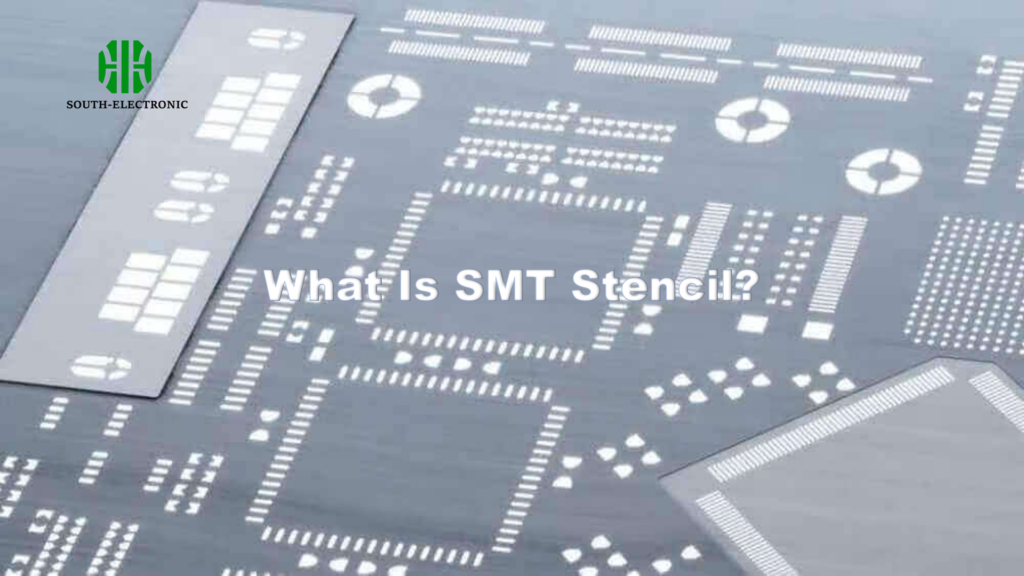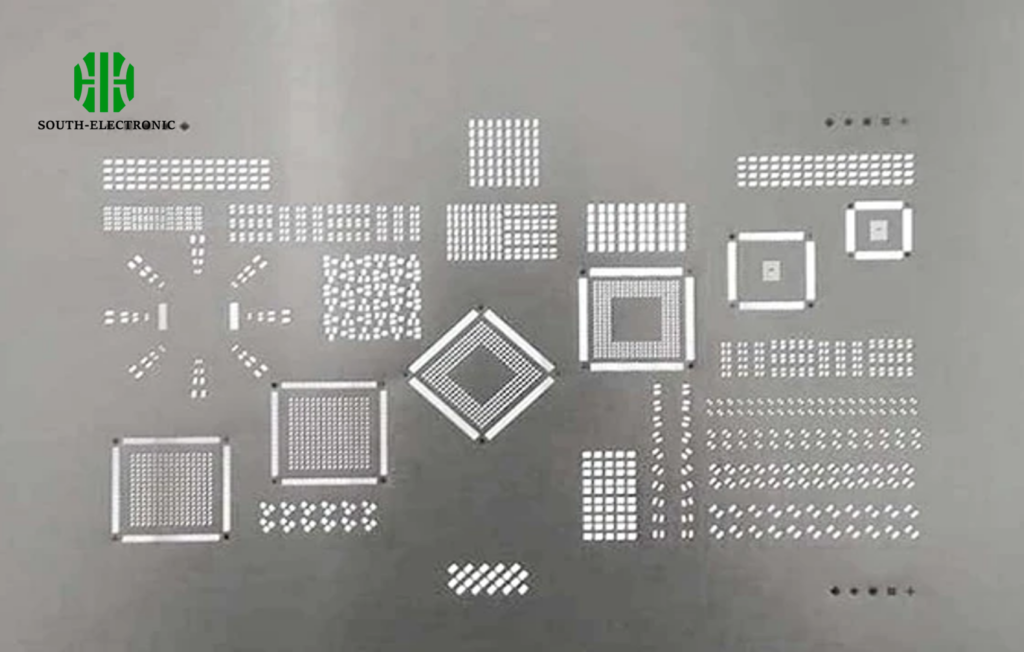Ever struggled with solder bridges[^1] on tiny components? I ruined four boards before realizing my stencil couldn’t handle 0.4mm pitch BGAs. That headache drives many engineers to question modern SMT stencil capabilities.
Yes, modern stencils manage fine-pitch/BGA designs[^2] effectively when using laser-cut stainless steel at precise smt stencil thickness (typically 0.1-0.13mm), optimized aperture designs, and nano-coating. Proper smt stencil design shrinks apertures to 80% pad size while ensuring smooth paste release for micro components.

Understanding stencil fundamentals solves only part of the puzzle. To consistently achieve perfect solder deposits for fine designs, we need deeper knowledge about stencil types, maintenance routines, and lifespan strategies.
What’s the difference between rigid, prototype, and frameless SMT stencil frames?
Stencil frame choice often causes production delays. Last week, a client used prototype frames for mass production – warping caused 12% yield loss. Selecting wrong frames wastes time and components.
Rigid frames suit automated smt stencil printers for mass production. Prototype frames allow quick swaps for testing. Frameless options save storage space for low-volume jobs. Each type serves distinct operational needs and cost structures.

Critical differences impacting SMT performance
Frame selection directly impacts printing accuracy and costs. The differences go beyond physical appearance:
| Feature | Rigid Frame | Prototype Frame | Frameless | |
|---|---|---|---|---|
| Best Use Case | High-volume runs | Design verification | Small batches | |
| Tension | >35N (stable) | 25-30N (fluctuates) | Depends on mounting | |
| Life Span | 100,000+ prints | 5,000 prints | Varies by handling | |
| Storage Cost | High (bulky) | Medium | Low (slim) | |
| Change Time | 15+ minutes | 5 minutes | 60% RH) | Controlled dry environments |
| Component Pitch | 0.65mm standard components |
Automated cleaning systems using vacuum suction and specialized solvents work best. Manual wiping risks damaging delicate apertures – particularly critical for custom smt stencil design[^4]. Track squeegee pressure too: exceeding 6kg force pushes paste through apertures into mesh backing. Always inspect with 10x magnification after cleaning, focusing on corners where residue accumulates.
How to extend its lifespan?
Replacing stencils strains budgets. My facility cut stencil costs 37% by implementing these practices. Ignoring simple measures damages apertures and ruins solder paste definition.
Handle stencils exclusively by frames. Store vertically in climate-controlled cabinets. Combine proper cleaning with quarterly polishing. Use polyurethane squeegees instead of metal. These steps preserve aperture quality[^5] for 100k+ prints.

Data-backed longevity checklist
Lifespan extension combines handling protocols and process controls:
| Practice | Implementation Method | Impact on Lifespan |
|---|---|---|
| Edge Handling | Never touch apertures | 50% defect reduction |
| Storage Conditions | Maintain 40% RH @ 22°C | Prevents warping |
| Pressure Limits | 0.3kg/mm² max squeegee force | Aperture wear control |
| Material Optimization | Select electroformed nickel | 3× steel durability |
Regularly inspect aperture walls for nickel plating wear – especially critical around smt stencil design guideline breakpoints. Log print counts per stencil and retire after visible wear under 20x magnification. For BGA patterns, rotate stencil orientation biweekly to distribute wear across aperture walls. Partnering with certified smt stencil manufacturers ensures proper material certifications and consistent process execution.
Conclusion
Modern SMT stencils reliably print fine-pitch/BGA designs with precise thickness control and regular maintenance. Proper frame selection combined with disciplined care maximizes your investment.
[^1]: Understanding solder bridges is crucial for improving PCB assembly quality and avoiding costly mistakes.
[^2]: Explore the intricacies of fine-pitch and BGA designs to enhance your PCB design skills.
[^3]: Find out why rigid frames are preferred for high-volume SMT production and their benefits.
[^4]: Discover best practices in SMT stencil design to improve your PCB assembly process.
[^5]: Maintaining aperture quality is key to successful soldering; learn how to achieve it.



